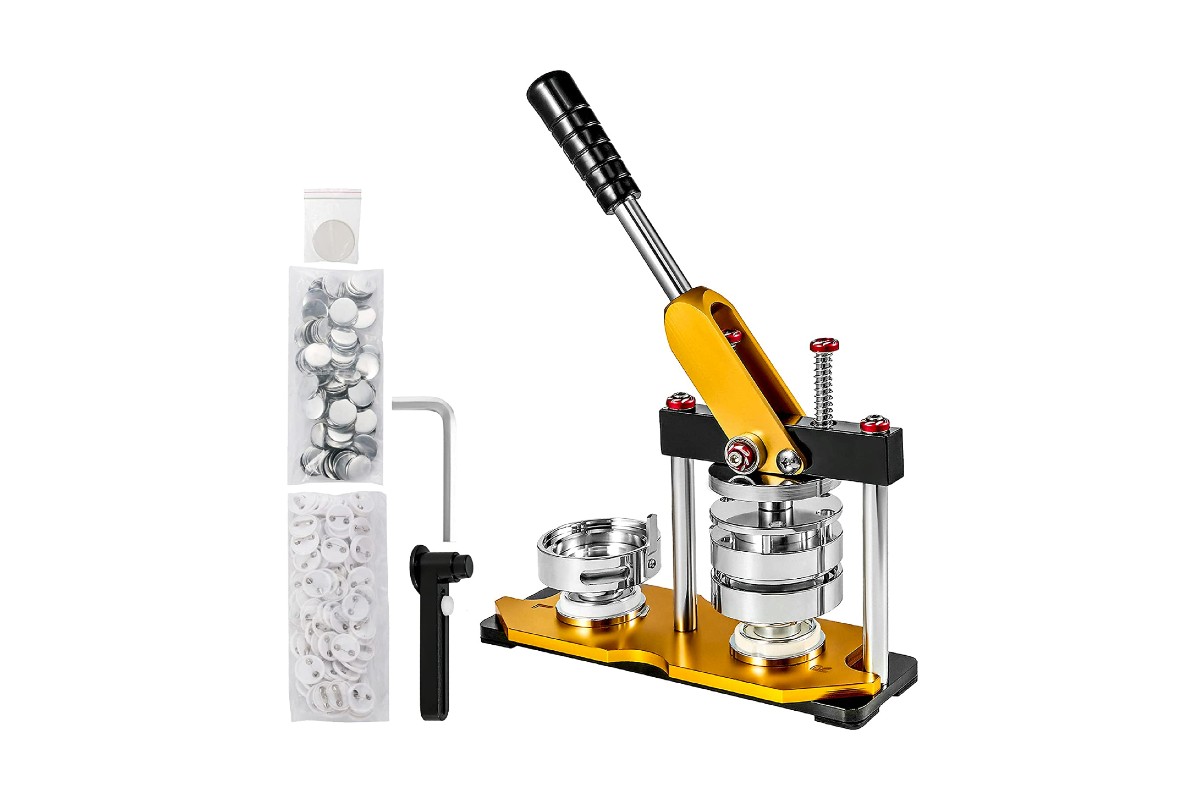A backyard swimming pool is more than just a spot to chill off; it’s a personal paradise, a venue for family gatherings, and a lift to your house’s value. Building your dream pool requires careful planning, creativity, and attention to detail. From the design section to the finishing touches, here’s a comprehensive guide that can assist you through the process.
Step 1: Define Your Purpose and Budget
Earlier than diving into pool designs and features, clarify why you desire a pool and set up a budget. Are you looking for a lap pool for fitness, a shallow wading pool for younger kids, or an opulent retreat for leisure and entertaining? Your pool’s function will influence its size, shape, and features.
Once you know your pool’s purpose, set a realistic budget that factors in building, upkeep, and any special options you would possibly want. The average price of a backyard pool varies greatly depending on its size, materials, and location, so be prepared to allocate a sizable portion of your budget to this investment.
Step 2: Select a Suitable Location
Choosing the proper spot to your pool is essential. Start by considering the structure of your yard and the view you’d like from inside the house. Ideally, the pool needs to be in a sunny spot with minimal tree coverage to reduce particles, and it needs to be close sufficient to the house to make it accessible but far enough to maintain privacy.
Consider local building codes and laws which will dictate the pool’s placement and ensure your location has sufficient space for different essentials like a pool deck, seating area, or outdoor kitchen if desired. Consulting with a pool builder or landscape architect early on can provide insights into optimal placement.
Step 3: Select the Right Pool Type
Once you have a location, it’s time to choose your pool’s type and material. The three major types are:
1. Concrete Pools: The most durable and customizable, concrete pools allow for virtually any shape or size. Nonetheless, they require more maintenance and take longer to install.
2. Fiberglass Pools: These come pre-formed and are quicker to put in than concrete pools. Fiberglass pools are low-upkeep and have a smooth surface, however they’re limited in form and dimension options.
3. Vinyl-Lined Pools: These pools have a vinyl liner that may be replaced every 5-10 years. Vinyl pools are more affordable and are available many sizes and shapes, however the liner could be prone to tears and fading.
Every material has pros and cons, so weigh the factors of value, maintenance, and longevity when making your decision.
Step four: Design Your Dream Pool
The design section is the place you possibly can unleash your creativity. From pool shape and measurement to additional options, this is your opportunity to make the pool uniquely yours. Consider these options:
– Form and Depth: Rectangular pools are traditional and great for lap swimming, while kidney, oval, or free-form shapes add a novel flair. Depth depends on your intended use; a shallow pool is good for lounging, while a deeper pool could also be better suited for diving.
– Particular Options: Add a personal contact with features like waterfalls, bubblers, or a tanning ledge. Lighting is another highly effective tool to create ambiance and improve safety.
– Decking: Your pool deck is just as important because the pool itself. Choose materials like concrete, stone, or wood that are slip-resistant and durable, creating a space where you may calm down, entertain, and enjoy the view.
Step 5: Plan the Pool Systems and Technology
A pool isn’t full without the required systems to keep it clean, safe, and enjoyable. Listed here are the main elements to consider:
– Filtration and Circulation: A reliable filtration system is essential for clean water. Options include sand, cartridge, and diatomaceous earth (DE) filters, every with its own advantages.
– Heating: If you want to extend the swimming season, a pool heater is a must. Choose between gas, electric, and solar heaters primarily based in your climate and budget.
– Sanitation: Chlorine is the traditional alternative for pool sanitation, but saltwater systems are growing in popularity because of their lower upkeep requirements and gentler effects on skin and eyes.
– Automation and Smart Controls: Modern pools usually come with smart controls, permitting you to adjust temperature, lighting, and filtration out of your phone.
Step 6: Pool Safety
Safety is paramount, particularly when you have children or pets. Many regions require fencing round pools, so check local regulations. You can too install alarms, pool covers, and non-slip surfaces to make the area safer for everyone.
Step 7: Pool Landscaping and Finishing Touches
As soon as the pool itself is finished, consider landscaping and furnishings to create an inviting oasis. Plants, equivalent to palm trees or flowering shrubs, add beauty and privacy, while furniture like lounge chairs and umbrellas can create a resort-style setting.
Add some finishing touches with elements like out of doors lighting or a fire pit for night gatherings. The goal is to make the area around your pool a place you wish to spend time.
Step 8: Upkeep and Care
To keep your pool looking and functioning at its greatest, common maintenance is essential. This includes cleaning the pool, checking chemical levels, and sustaining equipment like the pump and filter. Many homeowners go for a pool service, but it’s attainable to handle these tasks on your own with the right tools and commitment.
Conclusion
Building your dream pool is a rewarding journey that takes time, endurance, and planning. By following these steps, you’ll be well in your way to creating a wonderful, functional pool that enhances your lifestyle and adds worth to your home. With careful attention to design, supplies, and upkeep, your backyard oasis will be a source of enjoyment for years to come.
If you adored this post and you would such as to receive additional details regarding Construcción de Piscinas puerto rico kindly visit our web-page.




















